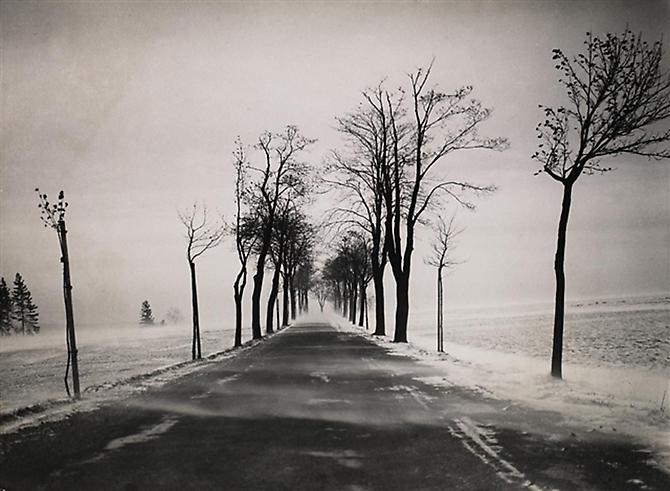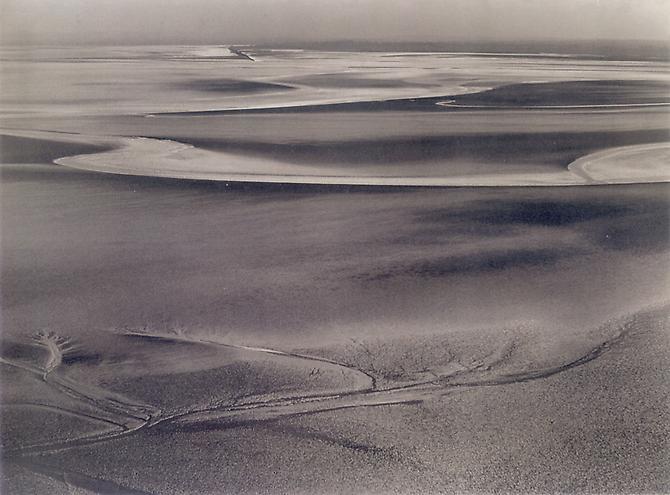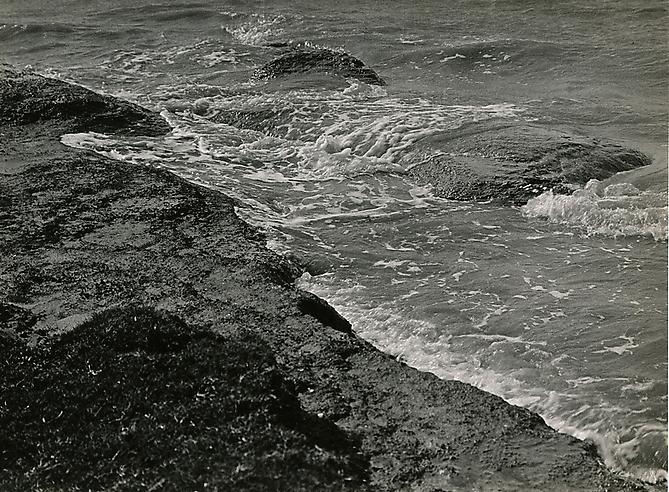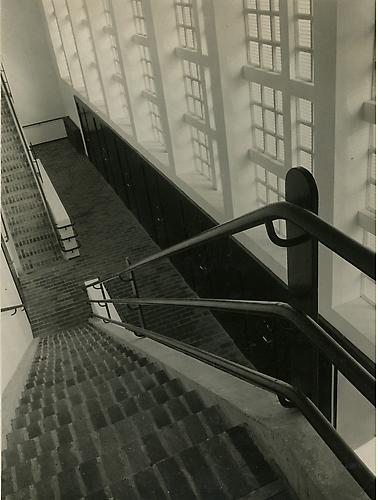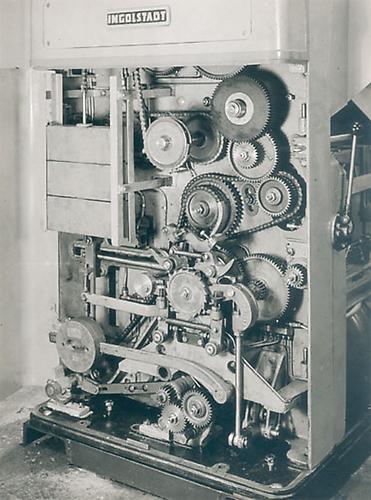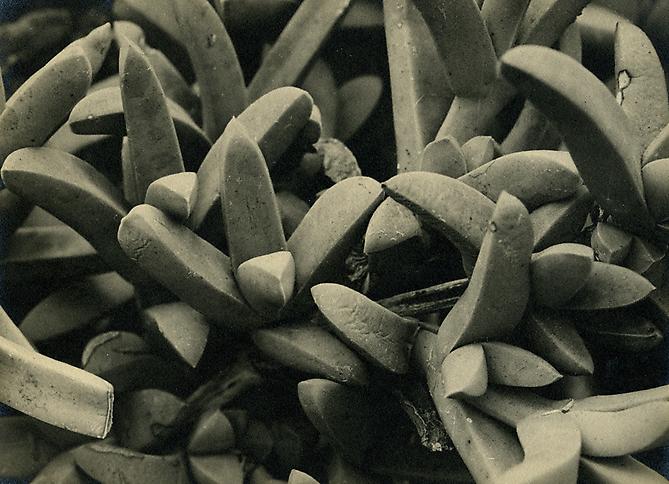

1897-1966
Albert Renger-Patzsch was a leading German photographer associated with the New Objectivity in the 1920s and 1930s.
Renger-Patzsch was born in Würzburg and began making photographs by age twelve. After military service in the First World War he studied chemistry at Dresden Technical College. In the early 1920s he worked as a press photographer for the Chicago Tribune before becoming a freelancer and, in 1925, publishing a book, The choir stalls of Cappenberg. He had his first museum exhibition in 1927.
His best known photography book was published in 1928: „Die Welt ist schön“ (The World is Beautiful). It contains a collection of one hundred of his photographs in which natural forms, industrial subjects and mass-produced objects are presented with the clarity of scientific illustrations. In its sharply focused and matter-of-fact style his work exemplifies the esthetic of The New Objectivity that flourished in the arts in Germany during the Weimar Republic.
Renger-Patzsch’s photographs from the 1920s to 1950s excavate startling beauty and clarity from mundane sights of plants, buildings, and industrial machines.
“We still don’t appreciate the opportunity to capture the magic of material things. The structure of wood, stone and metal can be shown [in photography] with a perfection beyond the means of painting,” commented Renger-Patzsch on his work.

